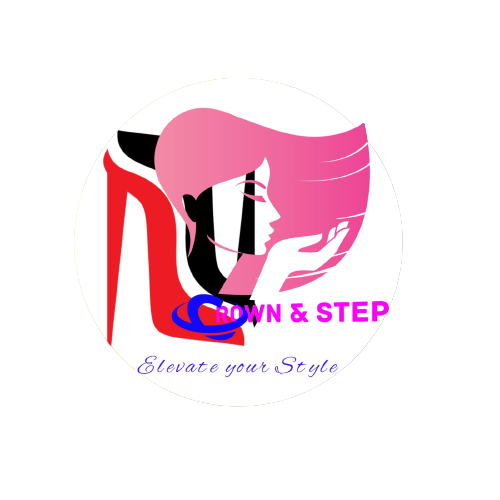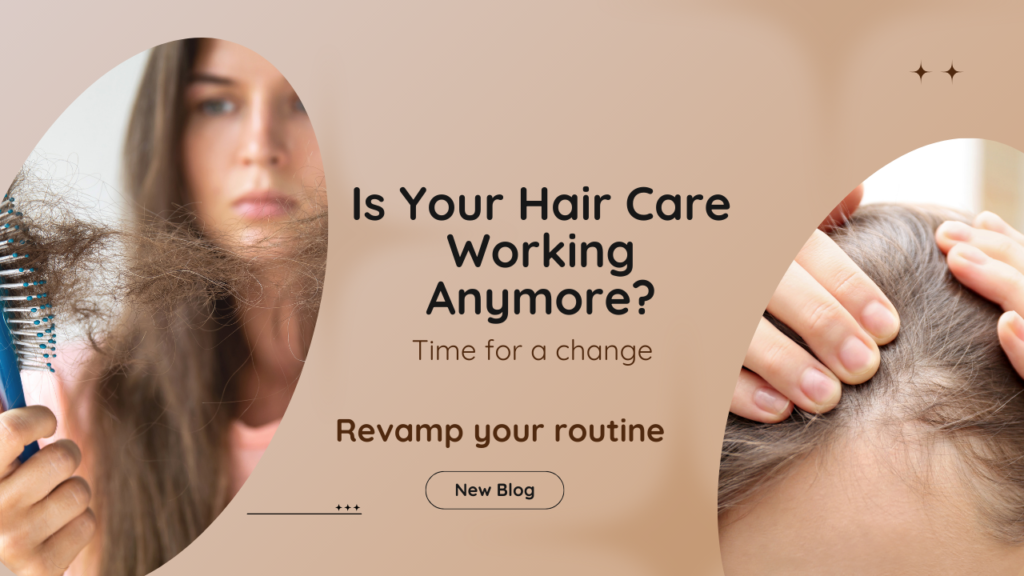If your hair feels dry, breaks easily, or has lost its shine, your hair products might be the problem. Over time, ingredients that once worked wonders may stop giving your locks what they need. Changes in hair texture, scalp issues, or lack of moisture are often signs it’s time to reassess your routine. Recognizing these signals early can help you maintain healthier, stronger hair without the frustration of products that just don’t deliver anymore. Ready to spot the signs? Let’s dive in.
Common Signs Your Hair Products Aren’t Working Anymore
Noticing that your hairstyling results are lackluster lately? The issue might not be your technique—it could be your hair products. Products that once worked wonders can sometimes stop delivering, especially if your hair’s needs have changed over time. Here are some clear indicators that it’s time to rethink your hair care routine.
Increased Dryness or Frizz
Does your hair feel like straw or resemble a frizzy halo? Products that can’t lock in moisture or control frizz are often the culprits. Hair thrives on hydration, and if your shampoos, conditioners, or styling creams aren’t cutting it, your strands will look and feel parched. Sometimes, using products with strong sulfates or alcohol-based ingredients over time can strip natural oils, leading to dryness and unmanageable frizz.
A quick way to check? Run your fingers through your hair. If it feels rough or you’re battling flyaways on a calm day, it’s time to upgrade to more moisturizing options.

Photo by Natallia Photo
Scalp Irritation and Itchiness
An itchy scalp or flakes appearing out of nowhere? This might mean your products are too harsh or not cleansing effectively. Over-cleansing shampoos or styling products loaded with irritating ingredients can disrupt your scalp’s natural balance. A healthy scalp is the foundation for strong, vibrant hair, so pay attention if you’re scratching more than usual.
Not sure if it’s your products? Look for redness or flakes after rinsing. If these persist, consider swapping in a gentler, sulfate-free formula or seeking products specifically designed for sensitive scalps.
Breakage and Split Ends
Is your hair snapping when you brush or comb it? Breakage and split ends can indicate that your products aren’t giving your hair the strength and nourishment it needs. Over time, even everyday favorites can fail to protect your strands from damage, especially if heat styling and environmental exposure are frequent.
Think of your hair like a rope; without proper care, the fibers unravel. If breakage has become a daily battle, it’s time for strengthening shampoos and protein-rich treatments to help restore structure and elasticity.
Lack of Shine or Limp Hair
When hair looks dull, heavy, or flat, it’s often due to product buildup or insufficient nourishment. Styling creams, gels, and even conditioners can accumulate on strands, leaving them coated and lifeless. If your hair feels greasy but still lacks shine, that’s a clear sign your products aren’t working.
A buildup-detox routine with a clarifying shampoo can refresh your hair. And if limpness continues, look for lighter, nutrient-based products to restore balance without the weight.
Color Fading or Discoloration
For those with color-treated hair, notice your vibrant shade fading faster than usual? It could be the lack of UV or color protection in your products. Using the wrong shampoos or conditioners can quickly strip dyes and leave you dealing with uneven, brassy tones.
Stick to sulfate-free formulas made specifically for color-treated hair. They can preserve your shade longer while protecting against environmental damage.
Each of these signs can guide you toward finding better-suited hair products for your current needs. If you see one or more, consider making a switch to fit your hair’s changing demands.
Possible Reasons Why Your Hair Products Stop Working
Have you ever felt like the products you once loved no longer deliver the same results? It’s not uncommon. Hair care needs evolve, and several factors can prevent your go-to products from doing their job. From buildup to changes in hair texture, let’s explore common reasons behind the disappointment.
Product Buildup
Using heavy oils, gels, or creamy products too often? Over time, these can create buildup on your hair and scalp, acting like a barrier between your strands and any new product you try to apply. Think of it like a shield that locks out moisture and nutrients while trapping residue inside.
If your hair feels waxy or looks greasy even after washing, buildup might be the issue. To fix this, add a clarifying shampoo to your routine once or twice a month. It’s like hitting the reset button for your hair. Just don’t overdo it—clarifiers can be drying if used too often.

Photo by cottonbro studio
Changes in Hair Texture or Type
Your hair doesn’t stay the same forever. Hormonal changes, aging, and even the weather can alter your texture and overall needs. For example, pregnancy or menopause can make your hair drier or thinner, while moving to a humid climate might make it frizzier. It’s like your hair has its own personality—and sometimes it changes its mind.
When this happens, it’s time to reassess. Pay attention to what’s different: Is your hair craving more moisture or protein? Look for products targeted to your current hair condition.
Incorrect Product Usage
Even the best products can fail if they’re not used correctly. Applying too much product can weigh your hair down, while using too little might not give you the desired results. It’s a balancing act, and knowing how to distribute products evenly is key.
For better results:
- Use a dime-sized amount to start and only add more if needed.
- Focus shampoo on your scalp and conditioner on your mid-lengths and ends.
- Make sure to rinse thoroughly—leftover product can lead to buildup.
If you’re still not seeing improvements, try adjusting how often you use the product. Sometimes less is more.
Expired or Degraded Products
Hair products do expire, and using them past their prime can do more harm than good. Over time, their active ingredients lose potency and can degrade into something that doesn’t benefit—and might even damage—your hair. If that leave-in conditioner you haven’t touched in a while smells odd or separates in the bottle, it’s time to toss it.
An easy way to avoid this? Check the expiration date or look for the open jar icon on the packaging, which indicates how long the product is good after opening (e.g., 12M means 12 months). Storing products in a cool, dry place can also help maintain their quality.
Each of these factors plays a role in how your hair responds to products. By staying mindful of these possible culprits, you can keep your hair care routine effective and your strands looking their best.

